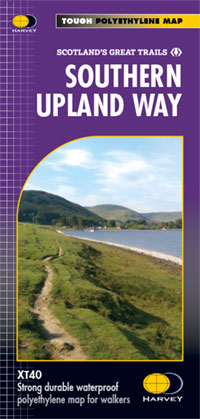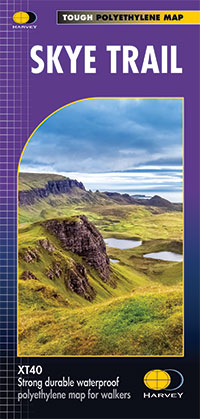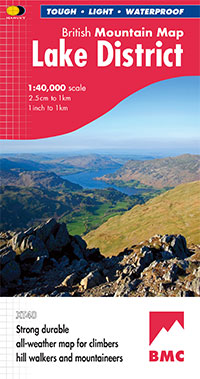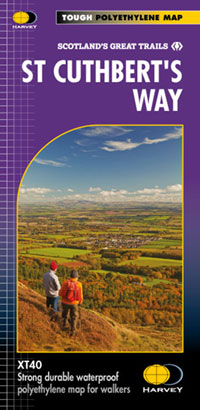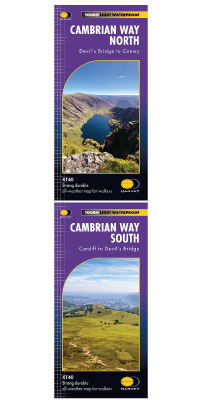How accurate is your compass work?
by Nigel Williams
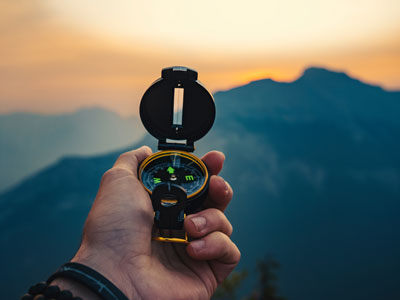
This is also a really good progression in learning how to use a compass, but it is not in any walking navigation books or online YouTube descriptions of how to take a compass bearing. They all just go for the whole process that is required for walking on a bearing across country in poor visibility, but they use a scenario and images which are often out of context making it seem a complicated task for a beginner who is only wanting to follow well marked paths.
A cross country bearing involves a number of steps and adjustments to the compass and requires the ability to aim with it accurately, walk in a straight line whilst counting paces, feeling what the contours are doing and observing landmarks along the way; it is a big multitasking challenge which most of us probably don't need to learn, or we learn at some point on the "just in case I get lost basis". However, when the situation arises that we do need it we have probably not practiced it and forgotten how to do it, or are so stressed with the situation we can't think through the process. It is interesting that invariably when men come on navigation courses the reason given is wanting a refresher on the compass. In contrast, women will often sight independence and developing confidence with the basics.

Before getting the compass out, there are some points to consider which will affect our accuracy: How big and what does the objective look like? What is the limit of visibility? How far am I expecting to travel on the bearing? Can I use strategies such as using an easily identifiable attack point, a really easy to find feature nearer the destination in order to minimize inaccuracies, and is there a good catching feature (usually an obvious linear feature or backstop) just beyond it?
Bearing accuracy
Compass now in hand - what are the variables that might affect the accuracy of a bearing?
1. The typical walkers compass according to the manufacturer is inaccurate by up to 2.5º.
2. The longer the base plate the more accurate one is likely to be when aiming or sighting on objects ahead. Shorter base plates are fine for beginners using static bearings at junctions.
3. Accuracy of placing the edge of the base plate between our start point and the objective and having it the right way around. (Many compasses have a line marked on the base plate which is parallel to the edge of the base plate which helps improve accuracy of this alignment).
4. Accuracy of rotating the dial to align the lines and arrow on the base of the capsule with the north south grid lines on the map. There is potential for the compass to have slipped whilst turning the dial on the map.
5. Accuracy of subtracting magnetic variation, it is really irrelevant in the UK for a few decades and only further complicates the process for the novice. In 2023 it is around 1º here but the dial only has markings at 2º intervals and it is less than the manufacturers stated accuracy.
6. How accurately we aim on an object ahead with the direction of travel arrow on the base plate, whilst keeping the red end of the needle pointing at the north point on the compass dial.
7. The ability to walk in a straight line. (Repeatedly aiming the compass ahead on some object to help us keep on line is the essential skill here). Never aim on clouds, sheep or people!
8. Accurately measuring the distance to be travelled on the bearing and possible lateral deviation.
Lateral deviation at various distances
| Directional error | 100m | 500m | 1000m |
|---|---|---|---|
| 1º | 1.7m | 8.5m | 17m |
| 2º | 3.5m | 17.5m | 35m |
| 3º | 5.2m | 26m | 52m |
| 4º | 7m | 35m | 70m |
| 5º | 8.7m | 43.5m | 87m |
| 6º | 10.5 | 52.5m | 105m |
To aim or sight accurately the compass needs to be kept level, held around neck height and out at arm's length. It is tricky to aim accurately, but it is important to aim properly rather than hold the compass at waist level which makes aiming less accurate and may risk deviating the needle if you have a phone or metal objects in a pocket close to the compass. Too short a cord on the compass to aim properly is often a problem, especially if it is hanging by a loop around the neck. A second person can be used to check the needle alignment whilst you aim down the base plate.

It is quick, and with a little practice just as accurate. One is less likely to build in errors of accuracy or the classic 180º error. It can also be a bit of a life saver if your hands are too cold or gloves are making it too difficult to turn the dial. Map cases can also create problems when trying to turn a dial with cold hands - either too sticky or too slippery.
Orienteers do 3 above quite accurately whilst on the move as they approach a point where they need a bearing from, so they only stop briefly to check no. 6 above before setting off. It needs a complete stop in order to do 4 and if required 5 above. It is the orienteer's competitive desire for speed and efficiency that has revealed the potential teaching progressions for walkers learning to use the compass.
Return to the Navigation Blog
 FREE UK delivery on orders £20 and over
FREE UK delivery on orders £20 and over Order by 12pm Mon-Fri for same day dispatch
Order by 12pm Mon-Fri for same day dispatch

